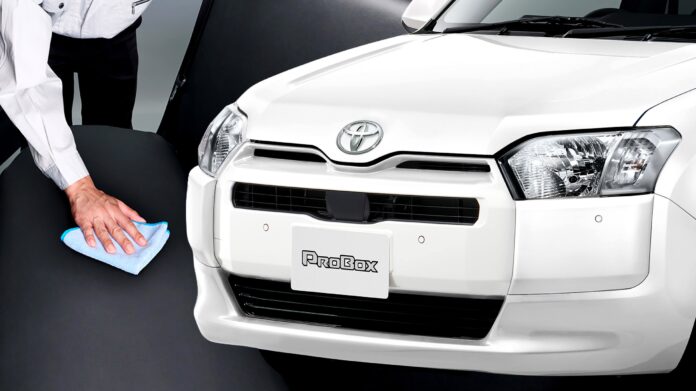Toyota continues to sell the Probox, a no-frills wagon that debuted in 2002 and has barely changed since. Despite the automotive world’s relentless push for innovation, this vehicle remains popular in Japan, defying trends and consumer expectations.
The Probox’s Enduring Appeal
The Probox’s longevity isn’t accidental. It fills a unique niche: a utilitarian vehicle designed for practicality, not luxury. This is why it’s a staple for businesses, taxi fleets, and individuals who prioritize function over form. The lack of significant updates isn’t seen as stagnation; instead, it’s interpreted as reliability and value.
This business model is a rarity in an industry obsessed with yearly redesigns. While competitors chase the latest tech, Toyota quietly caters to a stable customer base that doesn’t demand flashy features. This strategy keeps costs down and ensures the Probox remains one of the most affordable wagons available.
What’s New for 2026?
The 2026 model receives minimal updates, primarily focused on safety. Toyota has integrated an improved Toyota Safety Sense suite, which includes enhanced Pre-Crash Safety and Proactive Driving Assist. These features are legally required by Japanese regulations, not driven by consumer desire.
Inside, the Probox retains its spartan interior. There’s no infotainment screen – just a molded plastic panel where one might expect a touchscreen. The analog gauges now include a small 4.2-inch display, and the steering wheel is borrowed from the Corolla, but the overall experience remains deliberately basic.
Powertrain and Pricing
Under the hood, the Probox uses a 1.5-liter inline-four engine producing 107 hp, paired with a CVT transmission. A hybrid variant is also available, offering improved efficiency. The base model starts at ¥1,918,400 ($12,300), while higher trims reach ¥2,261,600 ($14,500).
This pricing makes the Probox one of the cheapest wagons on the market. With Nissan discontinuing the AD and Mazda offering a rebadged version of the same platform, Toyota’s Probox faces limited competition.
The Probox’s success isn’t about innovation; it’s about understanding a specific market need and delivering a product that meets it without compromise. In a world fixated on change, Toyota has found a sustainable niche by refusing to adapt.


























